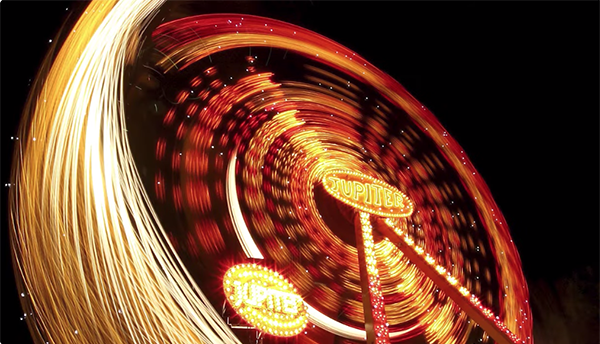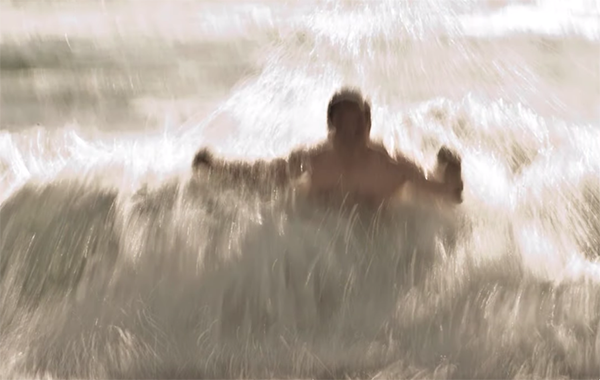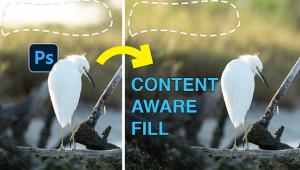Unlock the Creative Power of Intentional Camera Movement (VIDEO)

Last week we featured a tutorial explaining why your hand-held photos may be unsharp, with techniques you can employ in the field to fix the problem. That lesson turned out to be quite popular, as expected, because the goal of most photographers is fast and precise focus.
We're taking the opposite approach today, by demonstrating how to use slow shutter speeds to capture soft, flowing images with an unexpected artist flair—and maybe even enable you to create a signature style of your own for at least some of your work. This involves a seductive technique known as Intentional Camera Movement (ICM).
Instructor Eva Polak is an accomplished pro whose imagery is immediately recognizable for it's unique impressionist style, and her popular YouTube channel is full of straightforward tips for those who want to try something different that will elevate their artistic skills. This episode is a straightforward overview explaining how to get started.

Polak's method is sort of a throwback to the early days of photography, with easy-to-follow methods for mimicking what was one a popular approach when photographers weren't so obsessed with "tack sharp photos." You'll learn how to proceed in today's digital age to create abstract images and convey a compelling sense of time and movement that will really stand out.
Polak admits that the concept of shooting with slow shutter speeds while moving the camera may raise more than a few eyebrows and seem "counterintuitive." But we're pretty certain that you won't be so skeptical after listening to her describe the method and viewing a selection of her impressive work.
This eye-catching technique doesn't require you to master difficult skills or require high-end exotic gear. All that's really needed is a different mindset and a willingness to try something different. Your efforts will be justly rewarded, particularly when shooting moving subjects, be they the graceful movements of a dancer, athletes at the peak of action, flowing water, or the blur of passing cars.

The goal is dynamic and expressive images that capture energy and movement in a way that's impossible when trying to "nail focus every time." You'll gain an understanding of the best camera settings to use for various tasks, and how slow you should go, depending upon the subject, when selecting a shutter speed.
You'll also see how ICM relies upon moving the camera in specific ways; sometimes up and down, while other times side-to side—depending upon your vision for every shot you make. The appeal of ICM photos is subjective, like with other artistic pursuits. So give it a try and you'll be surprised with the otherworldly images you can create.
There's much more to learn about the fun technique on Polak's instructional YouTube channel if you want to explore the topic further.
And don't miss the tutorial mentioned above, demonstrating how to accomplish the flip side of the coin.
- Log in or register to post comments













































